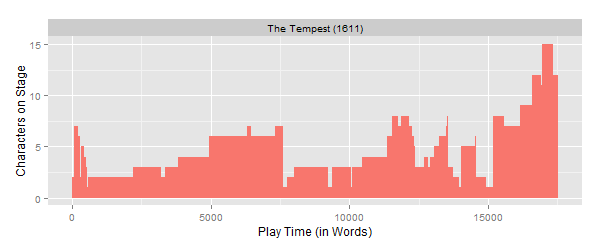In her fantastic series of lectures on early modern England, Emma Smith identifies an interesting feature that differentiates the tragedies and comedies of Elizabethan drama: “Tragedies tend to have more streamlined plots, or less plot—you know, fewer things happening. Comedies tend to enjoy a multiplication of characters, disguises, and trickeries. I mean, you could partly think about the way [tragedies tend to move] towards the isolation of a single figure on the stage, getting rid of other people, moving towards a kind of solitude, whereas comedies tend to end with a big scene at the end where everybody’s on stage” (6:02-6:37).
The distinction Smith draws between tragedies and comedies is fairly intuitive: tragedies isolate the poor player that struts and frets his hour upon the stage and then is heard no more. Comedies, on the other hand, aggregate characters in order to facilitate comedic trickery and tidy marriage plots. While this discrepancy seemed promising, I couldn’t help but wonder whether computational analysis would bear out the hypothesis. Inspired by the recent proliferation of computer-assisted genre classifications of Shakespeare’s plays—many of which are founded upon high dimensional data sets like those generated by DocuScope—I was curious to know if paying attention to the number of characters on stage in Shakespearean drama could help provide additional feature sets with which to carry out this task.
Read More: Classifying Shakespearean Drama with Sparse Feature Sets
